From next year, the tax sector will completely end the method of collecting lump-sum tax from business households - a form that has existed for many years and caused much controversy about transparency. Instead, business households will switch to self-declaration and self-payment of taxes, similar to enterprises but with a simpler model. This is an important content in the Project "Converting the model and method of tax management for business households when eliminating lump-sum tax" of the Ministry of Finance .
According to the project, business households will be divided into 3 groups, linked to each revenue level and corresponding tax management method.
Classify business households into 3 groups
Group 1 is business households with revenue under 200 million VND/year. This group is exempt from paying value added tax and personal income tax. They also do not need to apply complicated accounting books but still have to make periodic declarations. These households can choose to declare twice a year at the beginning and middle/end of the year or choose a suitable time.
Group 2 is business households with revenue from 200 million to less than 3 billion VND . This group is required to pay tax by the direct method on revenue, and can voluntarily register for the deduction method if qualified. In which: Value added tax payable = revenue x % rate; personal income tax payable = revenue x % rate.
Different business lines will have different percentages.
Tax rates are determined according to specific industry groups, including: 1% for goods distribution and supply activities; 5% for services and construction without contracted materials; 3% for production, transportation, services associated with goods and construction with contracted materials and 2% for the remaining business activities.

Workers buy goods at traditional markets (Photo: Huu Khoa).
This business household does not need to follow a complicated accounting regime, but still has to keep simple books with prescribed forms. They have to declare taxes 4 times a year (quarterly).
A notable new point is that business households in this group with a revenue of over 1 billion VND/year, especially in the retail and direct-to-consumer services sector, will have to issue electronic invoices from cash registers connected to the tax authorities. This is considered a measure to reduce revenue loss and increase transparency in transactions. These households must also open separate bank accounts for business purposes and will be supported with free accounting software.
If a business household's revenue exceeds 3 billion VND for 2 consecutive years, they will be transferred to a higher management group.

The tax threshold for business households is 200 million VND/year from 2026 (Photo: Thanh Dong).
Group 3 is businesses with revenue of over 3 billion VND per year . This is the largest group in terms of scale and will apply the tax deduction method, similar to enterprises. Value added tax payable is equal to output tax minus input tax; personal income tax is calculated at 17% of profit after deducting reasonable expenses.
Business households in this group must issue electronic invoices, use bank accounts for business purposes and declare taxes monthly if revenue is over VND50 billion, or quarterly if below this threshold.
What should the tax threshold for business households be?
According to the Tax Reform Project for Business Households, from next year the tax threshold will be applied at 200 million VND in revenue/year. However, in the context of the Government comprehensively reviewing tax policies for business households, many experts believe that this threshold is outdated compared to the current price level and living standards. Some opinions propose raising the taxable revenue threshold to at least 1 billion VND/year to ensure compliance with reality.
Mr. Nguyen Van Duoc, General Director of Trong Tin Accounting and Tax Consulting Company, said that households with revenue under 1 billion VND should be exempted from tax, regardless of the field of operation. For business households in the fields of agriculture, forestry, fishery, industry and construction, if the revenue is from 1-3 billion VND, they should declare and pay tax by the direct method; when it exceeds 3 billion VND, they should switch to full tax declaration like an enterprise.
According to Mr. Duoc, the trade and service sectors need to be classified more closely. Households with revenue from 1-10 billion VND should pay tax using the direct method; while revenue over 10 billion VND must declare tax like a business to properly reflect the scale of operations.
He said that when applying the proposal of the Ministry of Finance, individual businesses will basically operate similar to enterprises, with clear inputs and outputs, implementing invoices and documents and complying with the minimum accounting regime. “Small and medium-sized enterprises currently enjoy many incentives, such as exemption from corporate income tax for the first three years. Therefore, eligible individual businesses should consider converting to a business model,” he said.

Business households display goods for sale at a traditional market (Photo: Ngoc Linh).
From the perspective of policy transition, Mr. Le Van Tuan - Director of Keytas Tax Accounting Company - said that business households need an adaptation roadmap. According to him, for many years, business households have paid lump-sum taxes and have had little contact with invoices and documents, while the level and ability to receive policies among households are not as equal as that of enterprises.
He proposed that from 2026, priority should be given to abolishing lump-sum tax and switching to declaration tax, and applying electronic invoices for all transactions - whether below or above the tax threshold. This, he said, would help make data transparent, strengthen tax liability fairness and control the origin of goods.
One issue Mr. Tuan noted is that business households in the large revenue group (group 3) will be taxed according to the formula (revenue - reasonable expenses) × 17%. For many households, this is a "shock" because they are not used to collecting input invoices to prove expenses. Whereas in the past, their tax obligations did not depend on purchase invoices.
“The tax authority needs to have specific instructions to handle the past without documents and create a reasonable transition period,” he suggested. According to him, the 17% tax rate should be applied in a roadmap, for example, after two years from when the business household fully uses electronic invoices.
He said that introducing a new tax calculation method too quickly could put a lot of pressure on business households, even reducing business motivation. “Meanwhile, what the economy needs is for people's capital to be put into production and business, instead of pouring into real estate, gold, cryptocurrencies or risky assets,” he emphasized.
Source: https://dantri.com.vn/kinh-doanh/sap-bo-thue-khoan-chuyen-gia-de-nghi-nang-nguong-chiu-thue-ho-kinh-doanh-20251122180842678.htm














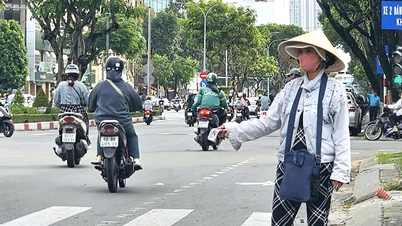
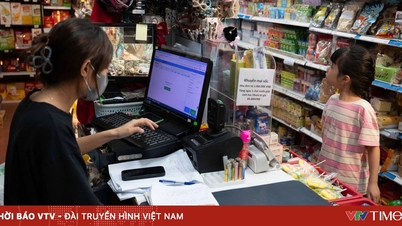





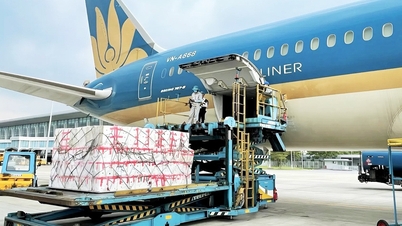
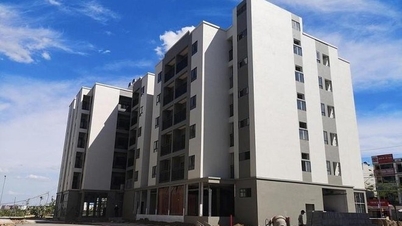










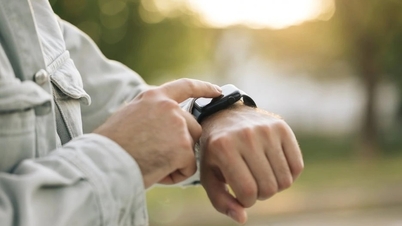



















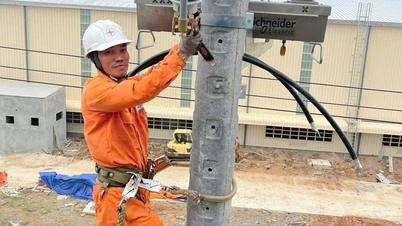

















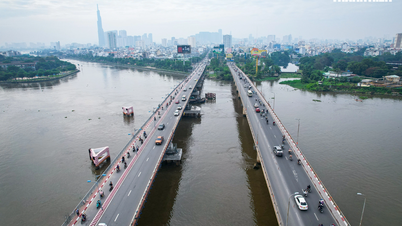









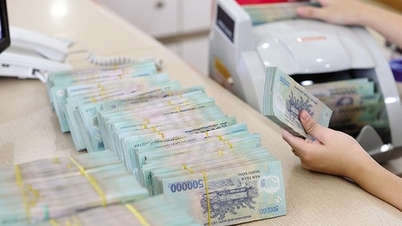























Comment (0)